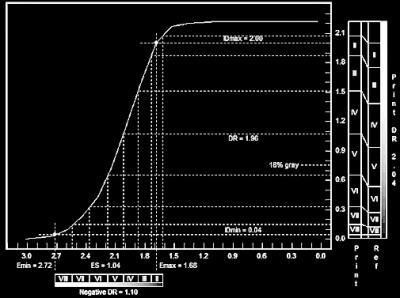 Let me begin by qualifying what I am about to discuss by saying that I am a traditional B&W photographer. I shoot film and print in a wet darkroom using traditional materials and techniques. Whenever I talk about photography, I am talking about traditional B&W. I know little about color photography and even less about digital.
Let me begin by qualifying what I am about to discuss by saying that I am a traditional B&W photographer. I shoot film and print in a wet darkroom using traditional materials and techniques. Whenever I talk about photography, I am talking about traditional B&W. I know little about color photography and even less about digital.
I have often heard the argument that traditional B&W is so complicated. I actually heard that from several old-time wet darkroom color photographers. The truth is, working with traditional B&W, wet darkroom materials is very simple. But, there is sometimes a complex deception in simplicity. Keep in mind that the most complex machine, or procedure ever devised is little more than a lot of simple things all working together to create a seemingly complex outcome. True, as you add more steps, each step can interact with the others, but if you break each piece of the greater puzzle into less complex, bite-size pieces, it is understandable and controllable.
When it comes to traditional B&W photography, you only have four basic controls to worry about. There are only four simple things that have power over the major aspects of the end product. . . the B&W photograph.
-
Film Exposure
-
Film Development
-
Print Exposure
-
Print Development
